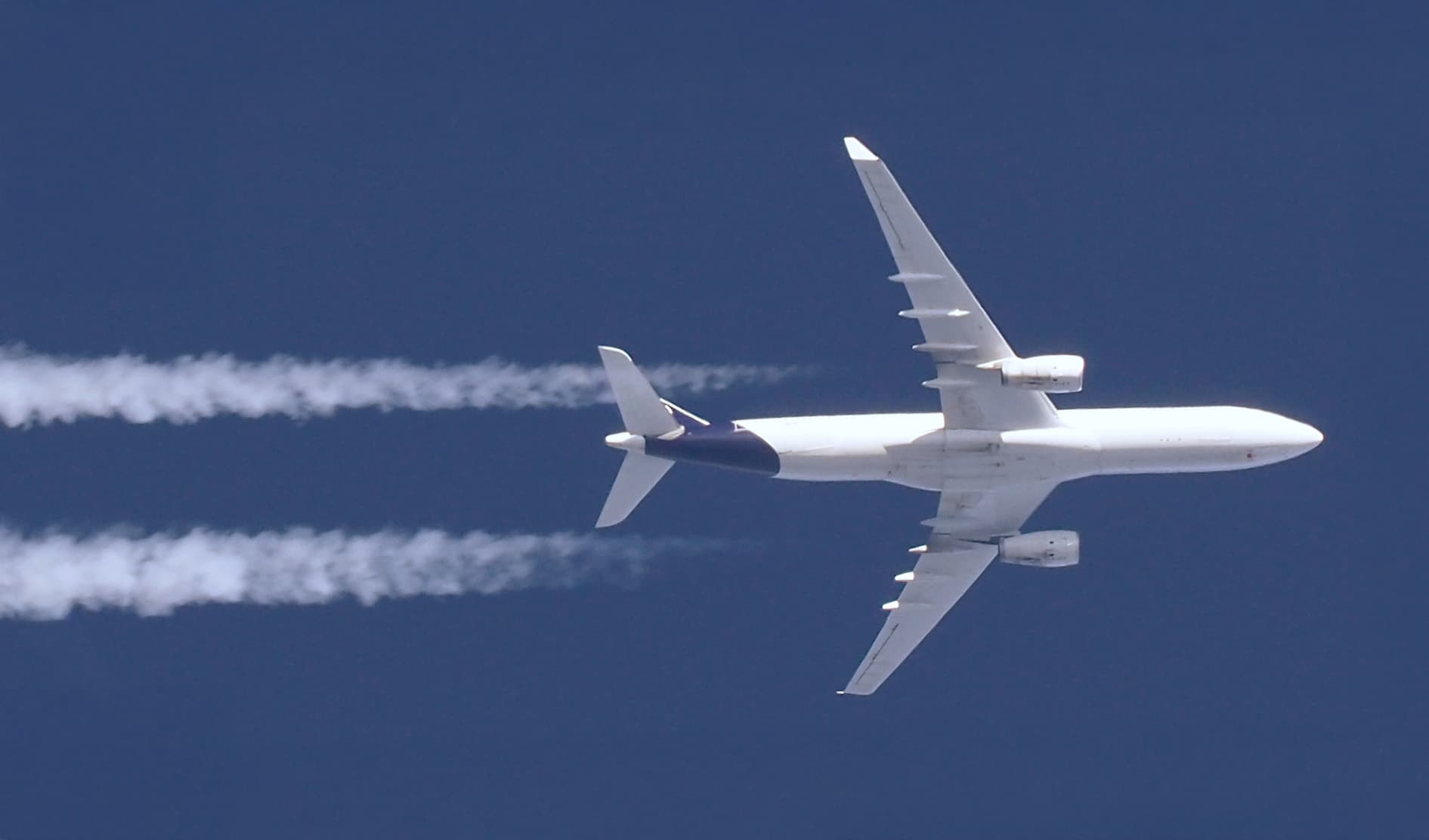Air Viva achieved 4× growth
by automating flight bookings end-to-end
From 24/7 manual operations to fully automated bookings
with 20+ airline APIs and real-time global inventory.

Founded in Germany, Air Viva is an international flight-booking agency serving travelers worldwide with real-time access to global airline inventory across multiple markets and languages.
The Challenge: Manual processes blocking growth

Fragile tech required 24/7 human oversight
Fragile website + MS Access patchwork
24/7 staff monitoring required to keep bookings flowing
No visibility into performance metrics or revenue
Manual reconciliation of payments and ticket issuance
Air Viva needed enterprise-grade automation
They needed more than patches—a complete technical transformation that wouldn’t disrupt daily bookings while setting them up for exponential growth.
Our Approach: Zero-downtime transformation
We rebuilt Air Viva from the ground up while maintaining daily operations throughout.
Deep Discovery & Maintenance
Started with stabilizing existing systems while deeply understanding the business.
Emergency fixes to keep the website operational
Deep discovery sessions mapping all workflows and pain points
Documented airline requirements and integration specifications
Strategic Blueprint
Created comprehensive 3-month rebuild plan with clear milestones.
Database restructuring plan for scalability and performance
Symfony architecture design with modular API integration system
Multi-currency & translation strategy for global operations
Zero-downtime migration approach to maintain daily bookings
Initial Delivery
3-month waterfall phase delivering complete platform rebuild.
Core booking engine on Symfony with template structure
Website migration with 301 redirects for SEO continuity
PayPal integration with multi-currency ECB exchange rates
3 initial airline APIs including Buddha Air custom crawler

Sprint Deliveries
Weekly sprints adding advanced features and automations.
17+ additional airline APIs with admin UI for self-service
Finance & accounting automation eliminating manual reconciliation
Multi-level affiliate system with REST API for partners
Real-time translation workspace for 20+ simultaneous translators
Background job processing for tickets and notifications
Analytics dashboards for real-time business insights
The Outcome: From patchwork to powerhouse

A self-running operation that scales without limits
New enterprise-grade booking platform
Complete autopilot – eliminated the 24/7 manual monitoring
20+ airline APIs unified into one reliable booking engine
Real-time dashboards provide instant visibility into performance
4× growth. Zero manual processes.
We didn’t just automate Air Viva—we transformed it into a scalable, self-running operation. From MS Access and manual reconciliation to enterprise-grade automation with real-time global bookings, the platform now handles growth effortlessly.
Metrics: Business growth measured over a 3-year period from initial engagement through complete platform rebuild and ongoing optimization. Growth calculation: Total booking volume and revenue compared between Year 1 and Year 3 post-rebuild. Data sources: Internal booking system analytics, financial reports, and operational metrics tracked through custom dashboards.
Is your tech holding you back? Let’s talk.
Talk to a CTONo sales pitch. Just honest advice about your challenges.
Client Feedback

Dirk Wiesemann
Founder, Air Viva
In 3 years, Forci helped us turn our flight-booking agency from a basic website with an MS Access patchwork of manual processes into a smooth, automated operation that grew 4x. We went from needing staff watching the system 24/7 to having it run on autopilot with over 20 airline integrations and real-time bookings around the globe. The dashboards they built finally let us see what was happening at a glance. I honestly didn't believe we could reach this level of automation.
Frequently Asked Questions
What CMOs ask about this rollout
What technology stack did you build on?
Symfony (PHP framework) as the core platform, Sphinx for high-performance search, and custom Go microservices for real-time processing. Built custom integrations for 20+ airline APIs, background job processing, and a real-time translation management system.
How did you handle the transition from MS Access?
We performed a complete platform rebuild while maintaining daily operations. The new system ran in parallel during migration, ensuring zero downtime for bookings.
What airline integrations did you implement?
Over 20 airline API integrations with real-time seat and price availability. We built custom adapters for non-standard airports without IATA codes and an admin UI for adding new airlines without developer involvement.
What operational tools did you build?
Finance & accounting module for automated reconciliation, multi-level affiliate system with real-time transparency, analytics dashboards for business metrics, and a REST API for partner integrations.
How long did the transformation take?
Initial relationship began in 2013 with support and fixes. Complete rebuild launched in 2015, with continuous optimization over 3 years achieving 4× growth.
How did you handle multiple languages and markets?
We built a real-time translation workspace allowing tens of translators to work simultaneously with full context metadata, supporting Air Viva’s international presence.
What made the platform scalable?
Well-designed architecture, automated workflows, background job processing, and API-first approach allowed 4× growth without adding operational headcount. The system scales horizontally as booking volume increases.
Still have questions? Let’s discuss your specific situation.
Talk to a CTO
He advises startups and writes about AI, security, and execution at grigor.com.

